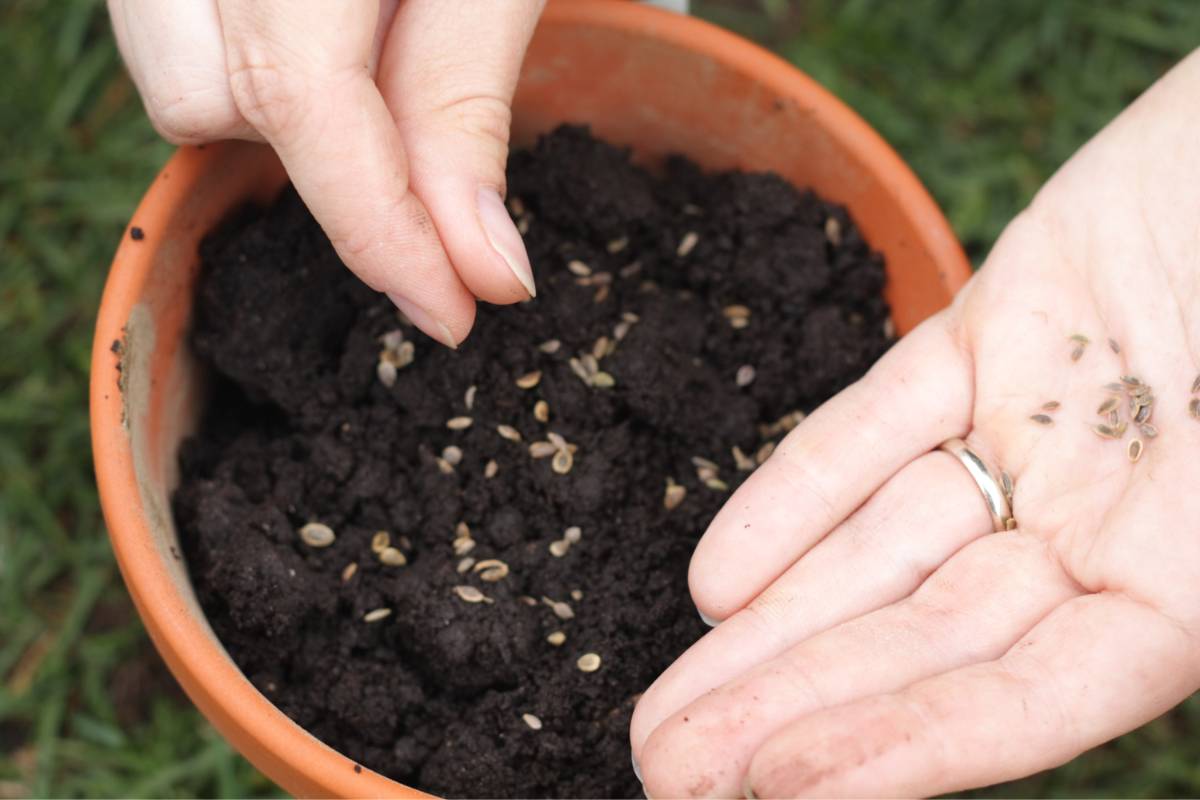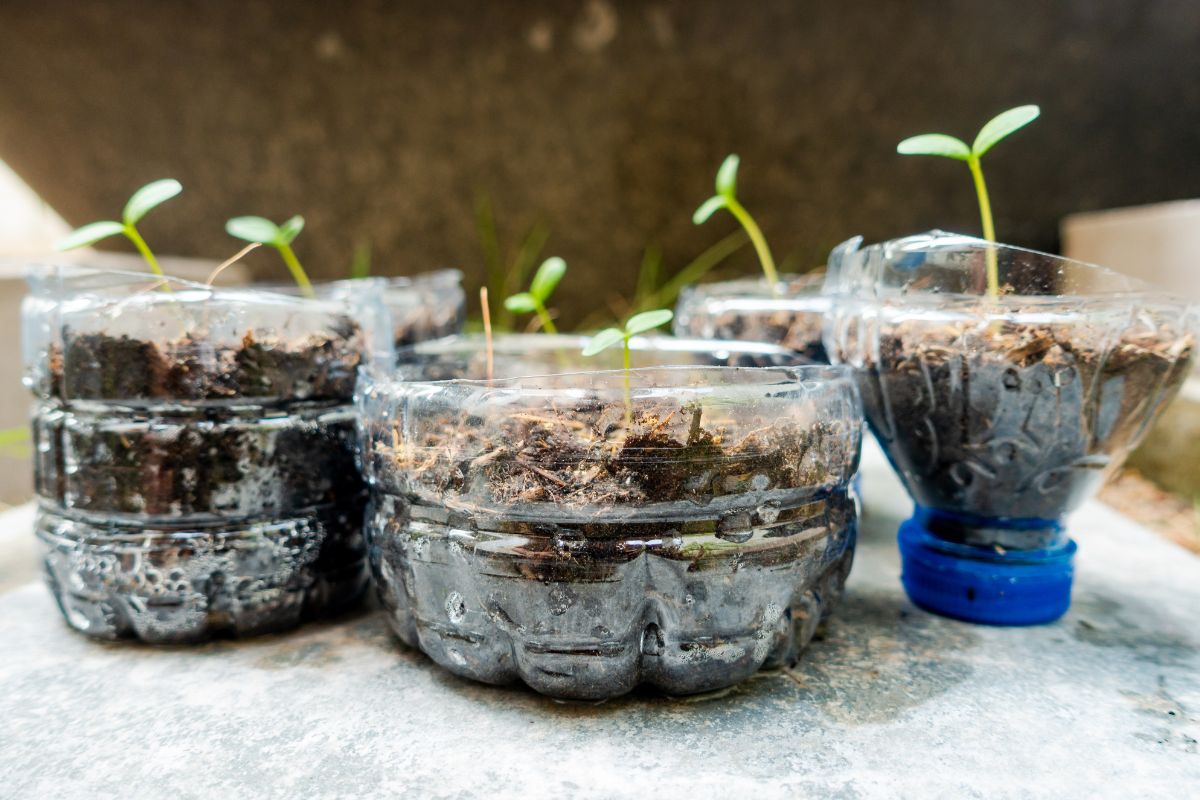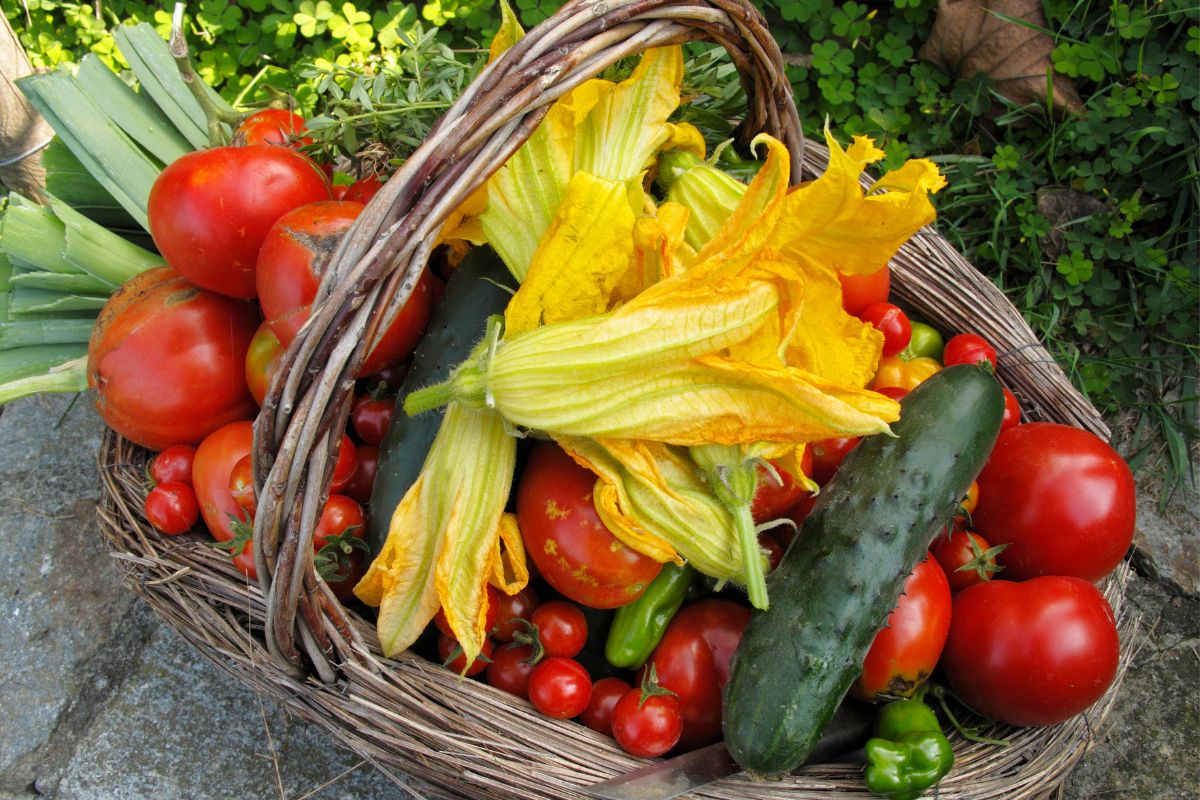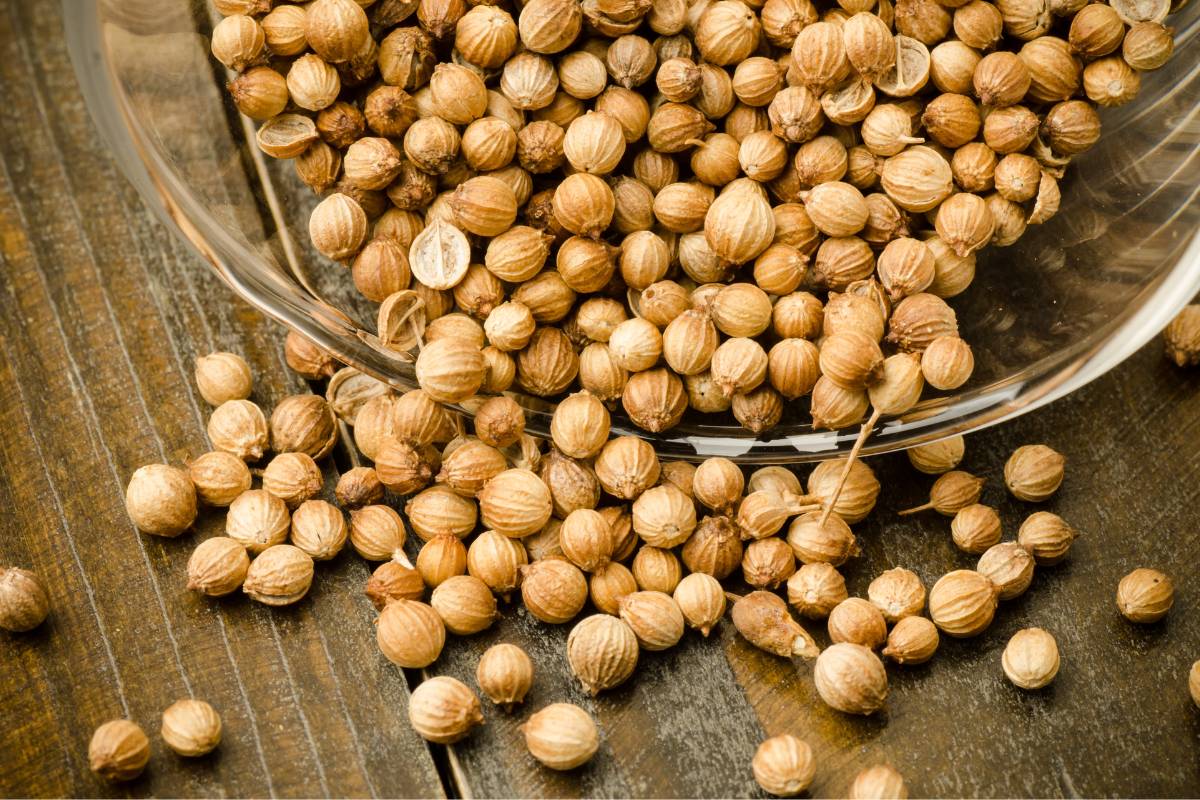In the book The $64 Tomato, author Bill Alexander described the year he decided to set up a productive garden. When he added up everything he’d spent, including tools and landscaping, Bill worked out that each gourmet tomato he’d grown had cost an eye watering US$64!
Though humorous, the message that budgets can quickly blow out in the garden won’t be lost on experienced gardeners. But with some planning and sensible decision making, gardening doesn’t have to be an expensive hobby. Here are 10 budget busting ideas to help you save dollars in the garden while still enjoying the process and growing abundant harvests.
1. Grow from Seed
Growing from seed is the most inexpensive way to start your garden. A packet of seeds often costs less than a single nursery-bought seedling while producing all a home gardener needs for an entire season. Growing from seed is also one of the most rewarding ways to grow food and allows you to choose from a large range of varieties.
2. Make your Own Compost and Fertiliser
Buying soil is one of the largest expenses many gardeners will encounter. It’s much more economical (and sustainable) to improve the soil you have by adding compost and other organic matter to it. Making compost is a great way to reduce waste and make use of natural resources like grass clippings, leaves and food waste that may otherwise go straight into landfill. Compost contains everything most plants need for healthy growth, which can reduce your need to buy expensive fertilisers. And if you want to give your plants an extra boost, you can make compost tea or a foliar feed for free.
3. Reuse and Recycle Pots and Labels
If you grow a lot of seedlings the cost of punnets or seed raising trays can quickly add up. If you want to save money while keeping things green, look after your pots so you can reuse them over and over, remembering to sterilise them between uses. You can also make your own seedling pots from newspaper or eggshells. Plant labels are also easy to make yourself; simply cut ice cream or yoghurt containers into appropriately sized strips, or clean and reuse paddle pop sticks.
4. Grow Super-Productive Crops
If you’re growing vegetables as a main part of your diet, you’ll want to get the biggest bang for your buck by growing the most productive ones. Growing high-yield vegetables will make the best use of your garden space, and also often gives you a large enough harvest so you can share or preserve a portion of it. Some of the most productive crops include zucchini, pumpkins and squash, climbing beans, tomatoes, rhubarb and cut and come again salad leaves.
5. Time Your Planting
Once you’re set up with seeds, pots and labels, don’t waste money by planting at the wrong time of year. Seeds sown in less than ideal soil temperatures may not germinate, or the resulting seedlings may struggle to grow strongly. Check the seed packet or a sowing chart to find out the best time to sow in your climate. If you’re unsure about when to plant, a soil thermometer is a small but worthwhile investment that will take the guesswork out of sowing times.
6. Plant Realistic Amounts of Each Variety
It’s easy to get carried away when sowing seeds, and many gardeners end up with more seedlings than they can reasonably plant at any one time. Squeezing masses of plants in a small gardening space can be a false economy, though, as you’ll get a better harvest by spacing plants at the recommended distances. When sowing seeds, sow what will fit into your gardening space, plus a few spares in case of poor germination; the spares can be grown on in pots or shared with friends.
7. Swap and Share Crops
One of the easiest ways to grow a good selection of food on a budget is to swap or share crops with other growers. This means that you'll have access to more varieties of fruit and vegetables than you could grow on your own. Find fellow gardeners in your neighbourhood through freecycle or ‘buy nothing’ groups. Local gardening groups and community gardens can also be good places to find people willing to swap or share.
8. DIY Pest and Weed Sprays
Buying a few commercial pest and weed sprays can quickly add up to be one of the most expensive items on your gardening journey - especially if the leftovers sit unnoticed at the back of your garden shed. Making your own sprays and treatments for pests, diseases and weeds is easy and effective, and they can often be made using household supplies you already have on hand such as bicarbonate of soda, vegetable oil and soap.
9. Care For Your Equipment
Quality gardening equipment is an investment worth making, but only if you care for it to prolong its life. Clean and oil tools between use, invest in a sharpener for your secateurs, and store tools in a dry place out of the weather. The added bonus is that clean, sharp tools are easier to use and much less likely to spread disease from plant to plant.
10. Save Seeds
Saving seeds from the vegetables you grow is the ultimate money-saving technique, as you will literally get next year’s plants for free. Saving your own pea and bean seeds is a great place to start, but tomato and chilli seeds are also simple to save, as are many flowers. Do some research to make sure that the seeds you’re saving are likely to be viable and grow true to type.
Ultimately, don't let lack of money stop you from gardening. Follow a few simple tips and tricks and you’ll be enjoying fresh food from your garden all season long!









